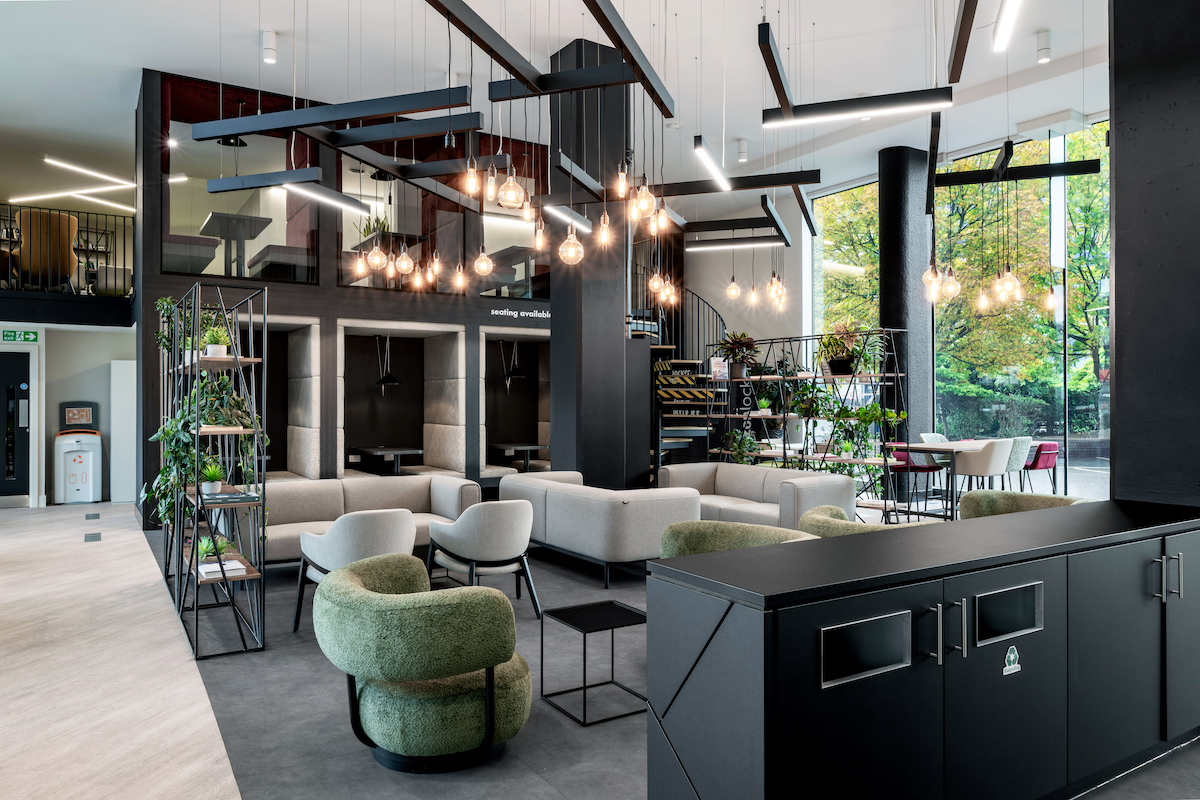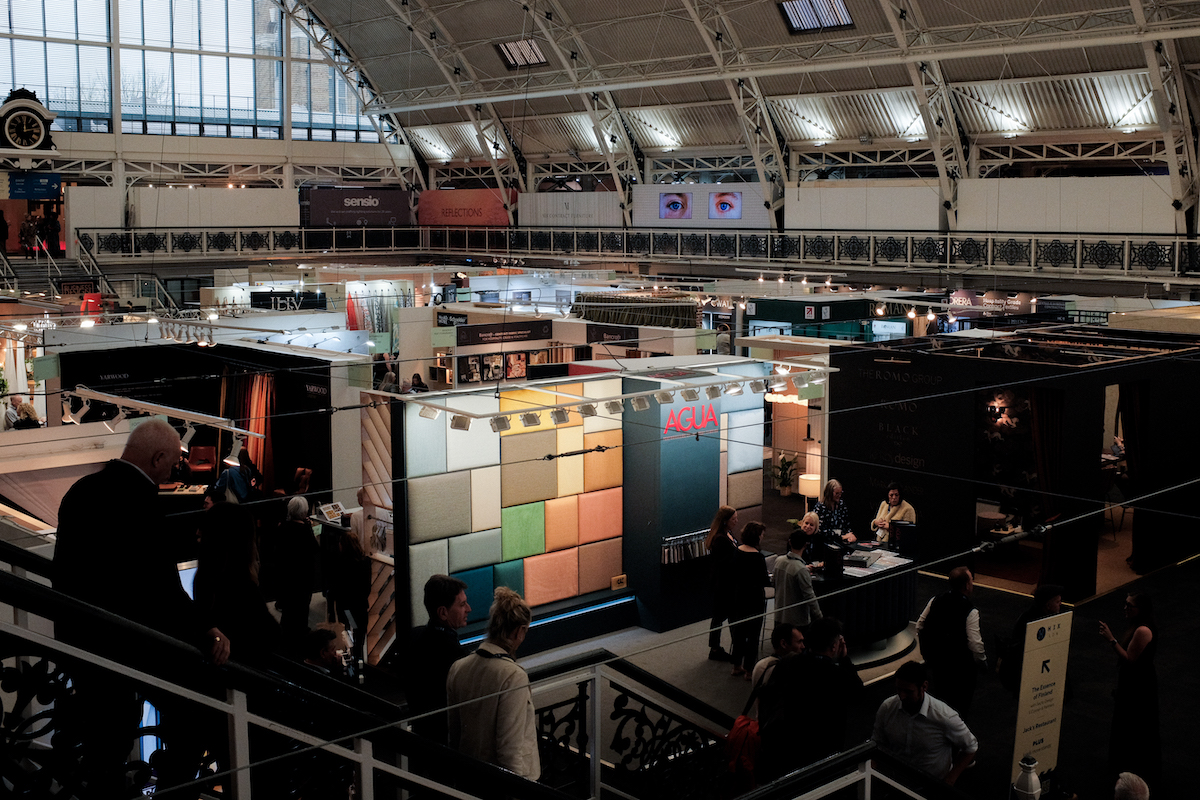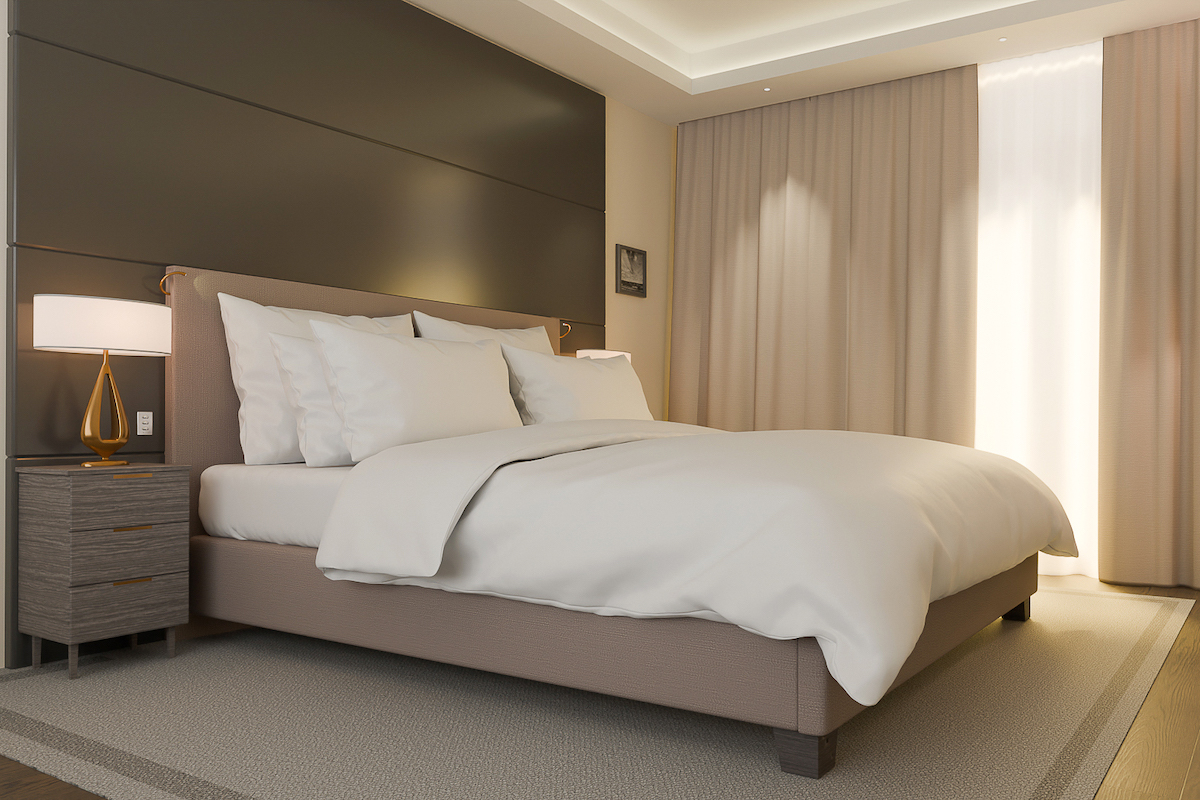What We’ve Learned About the Healthcare Sector
Our MD, Suzanne Ralton, has more than 20 years of experience in supplying high-performance upholstery fabrics to the healthcare sector. Here, she shares some of the things she’s learned at the helm of Agua Fabrics
“At Agua, we’ve always worked within the healthcare sector in one way or another. We’ve specialised in high-performing contract upholstery fabrics for more than 20 years now, but it’s not generally well known that before I took the reins from my father, the firm had worked as a UK manufacturer and supplier of PPE and surgical gowns for the two generations before me. We’ve still got a collection of very retro ’80s and ‘90s PPE catalogues in our archives, which make for some entertaining reading. In fact, this is a role we recently resurrected in 2020, when we pivoted to supplying more than 100,000 isolation gowns to the NHS, in a bid to do our bit to tackle the national PPE shortage.
When I took the decision to pivot the business towards performance fabrics in the early 2000s, we used our existing connections within the healthcare sector to introduce the first FR waterproof, anti-microbial pillows and duvets into the market – at the time the technology we were using was very novel, and we felt there was an opportunity to do something new with it. That gave way to treating upholstery fabrics, and experimenting with different fabric technologies too. Two decades later, all our fabrics are waterproof, stain-resistant, anti-microbial, abrasion-resistant and fire retardant as standard – attributes that are well suited to healthcare environments of all different kinds.
It’s a mistake to think of the healthcare sector as homogenous. Frontline healthcare environments require different fabric specifications to back-offices, and some specialist wards have even more precise safety requirements than regular wards, which relatively few fabrics will meet. Likewise, doctor’s surgeries and care homes sit under healthcare, and these often require fabrics that combine high-performing features with a softer, more residential look and feel.
For this reason, the distinction between vinyls and soft fabrics is crucial in serving the healthcare sector. For frontline NHS environments and hospital wards with stringent infection control measures, we’ll always recommend one of our shallow-grain faux leather vinyls, which are much easier to disinfect than soft fabrics or even faux leathers with deeper grains – especially if they’re bleach cleanable, as all ours are. Our Taurus, Paint Pot and Lunar collections have been used extensively by the NHS for precisely this reason.
That said, there are some environments where a smart mixture of both soft fabrics and faux leathers can work well. In care homes, for example, you can use a faux leather for at-risk areas like a seat’s cushions and arm rest, and upholster the chair’s backs and non-contact surfaces in a complimentary soft fabric that’s a little more luxurious but less impervious to moisture. Our Parody Linen faux leather and Linetta soft fabric ranges are designed to mimic each other for this reason – allowing you to use both across a single chair for a seamless look and enhanced functionality.
Elsewhere in the sector, residential care or five-star senior living environments are more likely to use soft fabrics than faux leathers to create a softer, more homely feel. Even so, fabrics should still be high-performing. Soft fabrics from our collection like Tones, Sark and Linetta offer stain and water-resistant alternatives to wool flannel, velvet-touch and linen upholstery fabrics, which are soft to the touch, easy to clean and highly durable. Each comes in a broad range of colours too – from pastels and neutrals through to dark jewel tones.
Many designers reading this will likewise know that colour is an important consideration for healthcare projects – both to convey a sense of safety, optimism or calm, but also from a practical perspective. Contrasting colours can be useful on upholstery to help patients with poor vision and/or dementia to navigate furniture where light reflective values (LRV ratings) can be useful. This is something we think about when designing new ranges with healthcare in mind too.
These are just some of the things we’ve learned at Agua, but this is by no means an exhaustive list. The challenges that healthcare environments face are hugely varied and often changing. Certainly, over the past 12-months, infection control has been a top priority, and healthcare fabric specifications have been even more stringent than normal, understandably so. To help, our latest innovation is a new anti-microbial fabric technology, AguaGuard365, which offers certified protection against bacteria and viruses – including COVID-19. There’s no other treatment quite like it out there in our sector.
Really, though, AguaGuard365 is just another indication that we take the healthcare sector very seriously. We have done ever since my grandfather founded the business in 1934 and we always will.


